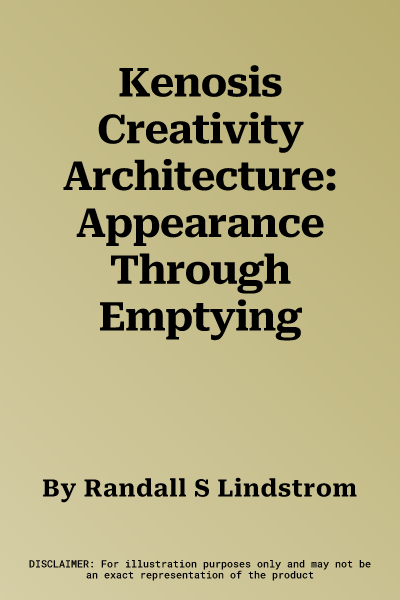Kenosis Creativity Architecture locates and explores creativity's
grounding in the ancient concept of kenosis, the "emptying" that allows
creativity to happen; that makes appearance possible.
It concretises that grounding through architecture--a primal expression
of human creativity--critically examining, for the first time, kenotic
instantiations evidenced in four iconic, international projects; works
by Kahn, Pei, Ando, and Libeskind. Then, in a final turn, the
potentiality of architecture's own emptying is probed. Architect and
author Randall Lindstrom draws on Western and Eastern philosophy,
including that of Heidegger, Levinas, Derrida, Vattimo, Nishida, and
Nishitani, as well as on the theology of Christianity, Judaism, and
aspects of Buddhism, Hinduism, and Islam. Every chapter expands the
argument that, if responsiveness to our world is taken seriously--if
proper and sustainable responses are to be realised--then a deeper
understanding of creativity, and so kenosis, is essential.
This book opens-up a way of thinking about creativity and humanity's
readiness to be creative. It thereby presents a crucial enquiry--at the
nexus of architecture, philosophy, and theology--for researchers,
graduate and postgraduate students, and practitioners alike.

